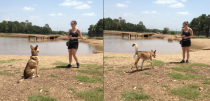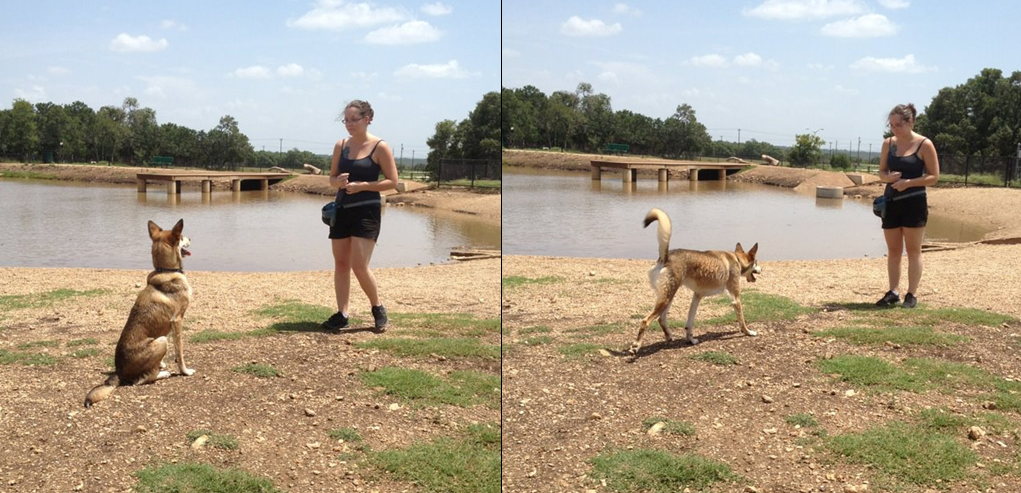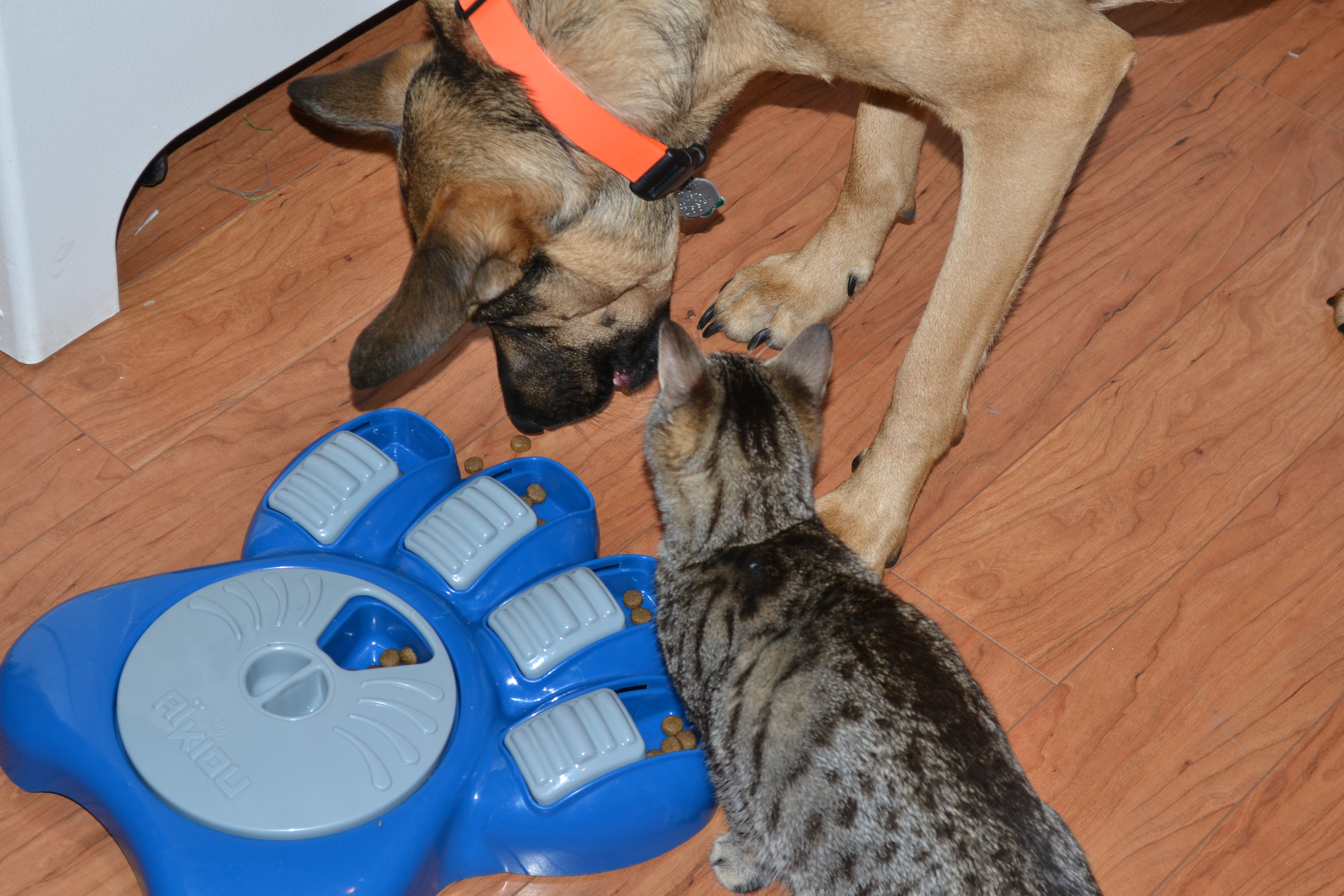When dog training, just like learning a new language or skill, you want to start easy and then gradually work up to harder exercises. Training your dog should be a progressive program that increases in difficulty depending on how the dog performs. People often overestimate the capabilities of a dog and make challenges too hard too fast. Each dog is different so an understanding of dog body language and signals to pick up stress is crucial. Good indicators of moving too fast are refusal of food or non-compliance.
Another key to success in high distraction areas is to have something that is extremely valuable to the dog. The dog is the one who determines what is motivating – not the human. If the dog doesn’t care about it then it is not valuable. It does not matter if the human thinks he should be doing anything for that item or food. Human food is usually a good way to go for high distraction areas – things like boiled chicken, cheese, or hot dogs will usually do the trick.
If training progresses correctly and consistently, focus in high distraction areas is possible. Many times when you start in a new area you need to lower your expectations at the beginning. This is because dogs do not generalize their commands to new areas or new people and have to sort of “re-learn” the words they know. This “re-learning” process is usually very quick if you have trained it correctly at home. Practicing in many locations and with different people will help your dog generalize.
While it takes consistency and dedication to attain such a level of reliability with your dog, it is very rewarding to have that kind of a relationship with your dog. It is great knowing that your dog will focus and listen in different areas such as in the city or at a dog park. Not only is it cool, but someday it could be lifesaving!





